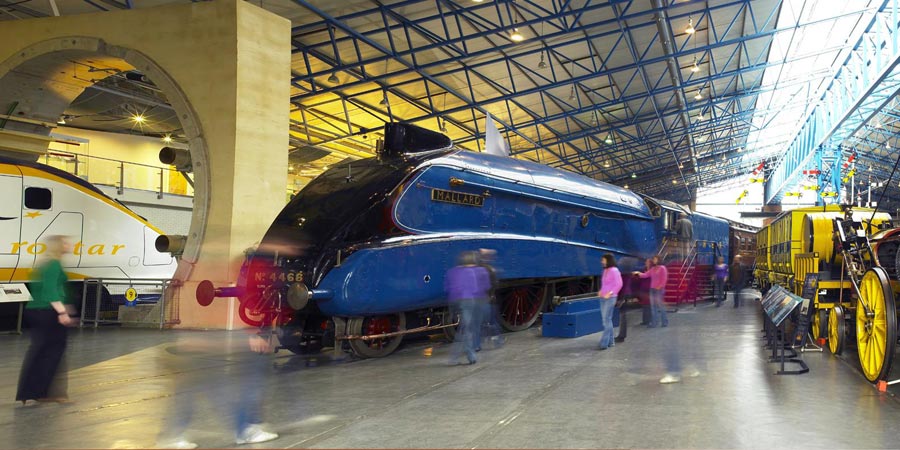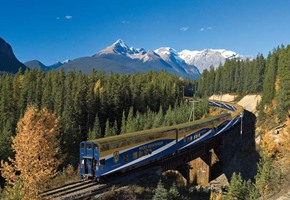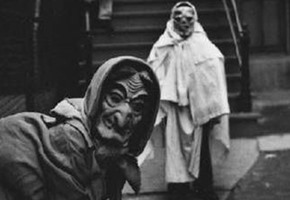On the 28th June 1914 the archduke of Austria, Franz Ferdinand was assassinated. This was the catalyst to the beginning of the First World War on 28th July 1914. The Great War would overturn old empires, change world politics and cause the death of 17 million people. On August the 4th 1914 Germany invaded Belgium, which led to Britain declaring war on Germany. Over the next four years almost six million British men went to fight in the trenches.
Ambulance trains were brought into service at the beginning of the First World War, in 1914. These trains would transport the wounded and sick from the front lines, across Europe to dedicated military hospitals, and eventually home to Britain. The ambulance trains were specially marked as medical transport to protect them from hostile attack.
The first ambulance trains consisted of makeshift carriages converted from French rolling stock or basic transport wagons. These trains were quite primitive and, with only straw laid on the floor, sanitation was poor. In August 1914, the Royal Army Medical Corps were gifted with a number of carriages and three locomotives. These were quickly converted into ambulance trains more fitted to transporting wounded soldiers. The three trains each consisted of wards, dispensaries and surgical dressing rooms. These trains were named British Ambulance Train 1, 2 and 3.
More French rolling stock continued to be converted and the number of ambulance trains reached eleven. In 1915 train number 12 was sent out from Britain. This was the first specifically built medical train equipped with operating rooms where surgery could be performed. Despite the obvious drawback of the constant movement of the train carriage, many lives were saved in these operating theatres. They were specially designed to be easy to clean, so a sterile environment could be maintained. The number of trains had reached 43 by the end of the war.
A main destination for the ambulance trains was a six hectare strip of land near the French town of Étaples, overlooking the Canche Estuary. This was the site of the largest military field hospital complex of its kind which, at its height, comprised of over twenty thousand hospital beds. In 1917 the hospital received forty thousand sick and wounded soldiers a month, these casualties were transported daily by a dozen ambulance trains. The site near Étaples is now the largest war cemetery of its kind, and the final resting place for 11,500 soldiers from all over the commonwealth who lost their lives fighting in the Great War.
Most wounded soldiers arrived back in home via Britain's main ports such as Southampton and Dover. During the course of the war Dover alone dealt with over 1,260,000 casualties. This equated to almost 8,000 train-loads of patients. Ambulance trains in Britain differed to the trains being used on the Western Front. Ambulance trains running between the front line and military hospitals had to care for soldiers who had only received basic emergency care. On the trains they would receive proper medical attention and, once they arrived in the UK, most were already in a reasonably stable condition. Ambulance trains running in Britain comprised of seated carriages as well as ward carriages.
Ambulance trains were in service from the beginning of the Great War in 1914, where they began as hastily converted rolling stock, until the end of the war in 1918. Although conditions on ambulance trains were cramped, and sometimes less hygienic than a hospital building, the doctors and nurses who worked on them provided vital treatment and without doubt saved thousands of lives.
From July 2016, the National Railway Museum in York are recreating an ambulance train carriage to commemorate the centenary of the First World War. If you're looking for UK train holidays in 2016, a trip to the National Railway Museum will really give you a sense of what it was like to travel on an ambulance train. It's hard to contemplate the effect these trains had on the war effort, but without them a great many more fatalities would have occurred.






